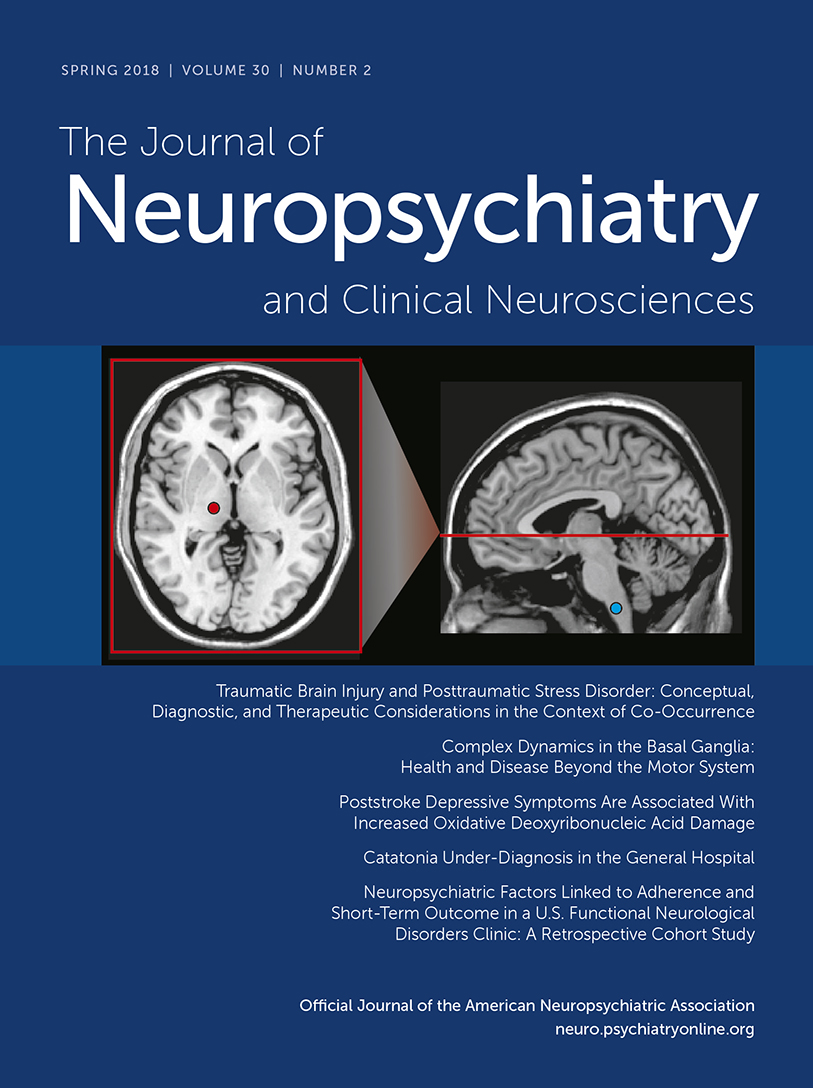Exploring the Spectrum of Subcortical Hyperintensities and Cognitive Decline
Abstract
White matter hyperintensities (WMHs) include periventricular WMH (pvWMH) and deep WMH. When hyperintensities in the basal ganglia or brainstem are included, the collective term is subcortical hyperintensities. Both WMH and medial temporal lobe atrophy (MTA) are risk factors for cognitive decline. This prospective study enrolled participants aged 50–85 years and followed their neuropsychological assessments annually for 2 years to explore the interactive effects of WMH and MTA on longitudinal clinical decline. Brain MRI was performed at the beginning of enrollment. Of the 200 participants, 57 were “normal” individuals, 40 had dysexecutive mild cognitive impairment, 53 had amnestic mild cognitive impairment, and 50 had Alzheimer’s disease (AD). Overall, MTA significantly correlated with pvWMH (p=0.0004) but not with deep WMH, as defined by criteria using the Scheltens’ Scale. Total Scheltens’ score was specifically associated with the domain of semantic fluency (beta=−0.4, 95% CI=–0.7 to –0.2, p=0.002), which remained significant when adjusting for MTA (beta=−0.3, 95% CI=–0.5 to –0.1, p=0.017). The pvWMH was significantly higher in AD subjects than in normal control subjects (beta=0.3, 95% CI=0.1 to 0.4, p=0.001), especially the periventricular occipital caps (beta=0.2, 95% CI=0.1 to 0.3, p=0.0003). Cox proportional hazards model showed that the periventricular bands (PVB) predicted 1-year clinical decline (hazard ratio [HR]=5.3, 95% CI=1.8 to 15.7, p=0.002), which remained significant when further adjusting for MTA (HR=4.0, 95% CI=1.3 to 12.1, p=0.013). In summary, pvWMH, especially the occipital caps, was correlated with MTA and the AD subgroup. Assessment of semantic fluency may be useful for the clinical evaluation of the degree of subcortical hyperintensity burden. Visual rating of PVB could be an independent predictor for 1-year clinical decline.



